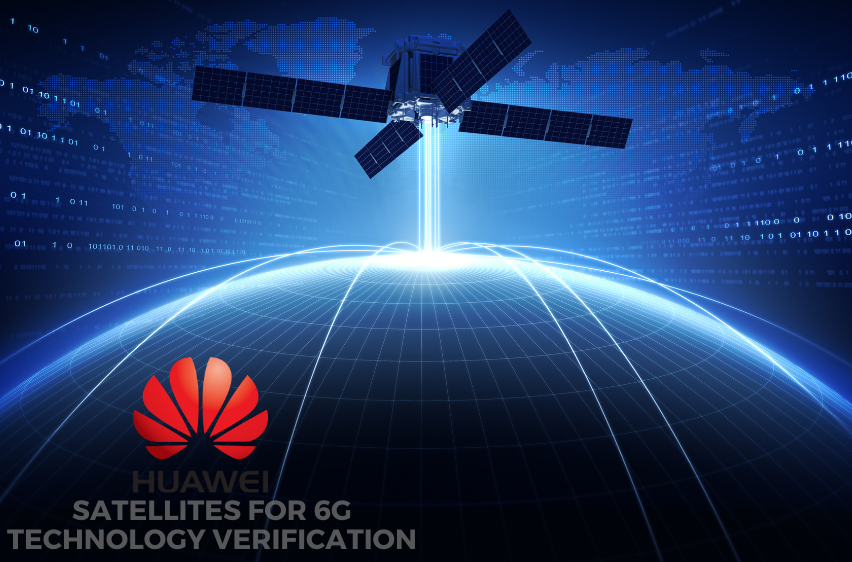Huawei plans to launch two satellites in July 2021, according to a study published on April 24, 2021, with the intention of confirming the 6G wireless networks that the company has pioneered in testing and development around the world.
Based on an article published on April 24, 2021 by Chang’an Shumajun, the release of the satellite with the support of Chinese telecommunications company China Mobile has major relevance for China’s development tools, such as switching and networking.
However, there are no other leads more than that. Chang’an Shumajun is an independent digital blogger who stated to have a strong relationship with China’s tech giant, Huawei.

The satellite transformation is natural, according to Ma Jihua, a senior tech sector expert based in Beijing, as Huawei goes forward with its 6G network design, which is 50 significantly faster compared to 5G. According to Ma, unlike 5G networks which depend on access points to transmit signals, 6G networks use satellites instead of cell towers, which have low binding capacity. Higher frequencies are also said to be carried by 6G networks.
Xu Zhijun, Huawei's turning chairman, announced at the company's global analyst summit earlier this month that the Chinese company will launch its 6G networks in 2030 and that a 6G press release will be published soon to explain what 6G means to the market. As of now, it’s best not to conclude anything since there are still developments on the way.
Since 2020, when the planned "infrastructure investment" was announced, satellite communications have become increasingly important. In an interview, Ma Jihua stated, “We need to understand constellation connectivity because the nation's advancement differs from Huawei's 6G revolution, despite the fact that they all use satellites.”
Under existing ventures in which Hongyun and Hongyan have invested, China's satellite constellation seeks to provide broader online connectivity to users and enterprises in rural and deprived parts of the country. The 6G satellite, on the other hand, is mostly used for monitoring and delivering data in common metropolitan areas, according to Ma.
China's Taiyuan Satellite Launch Center in Shanxi Province introduced the globe's first 6G project satellite in 2020, highlighting a watershed moment in China's aerospace field's exploration of terahertz area connectivity technology. The satellite, which has been bearing a THz signal transmitting load, was supposed to establish a transmitter link on the platform and perform infrared simulations.
















